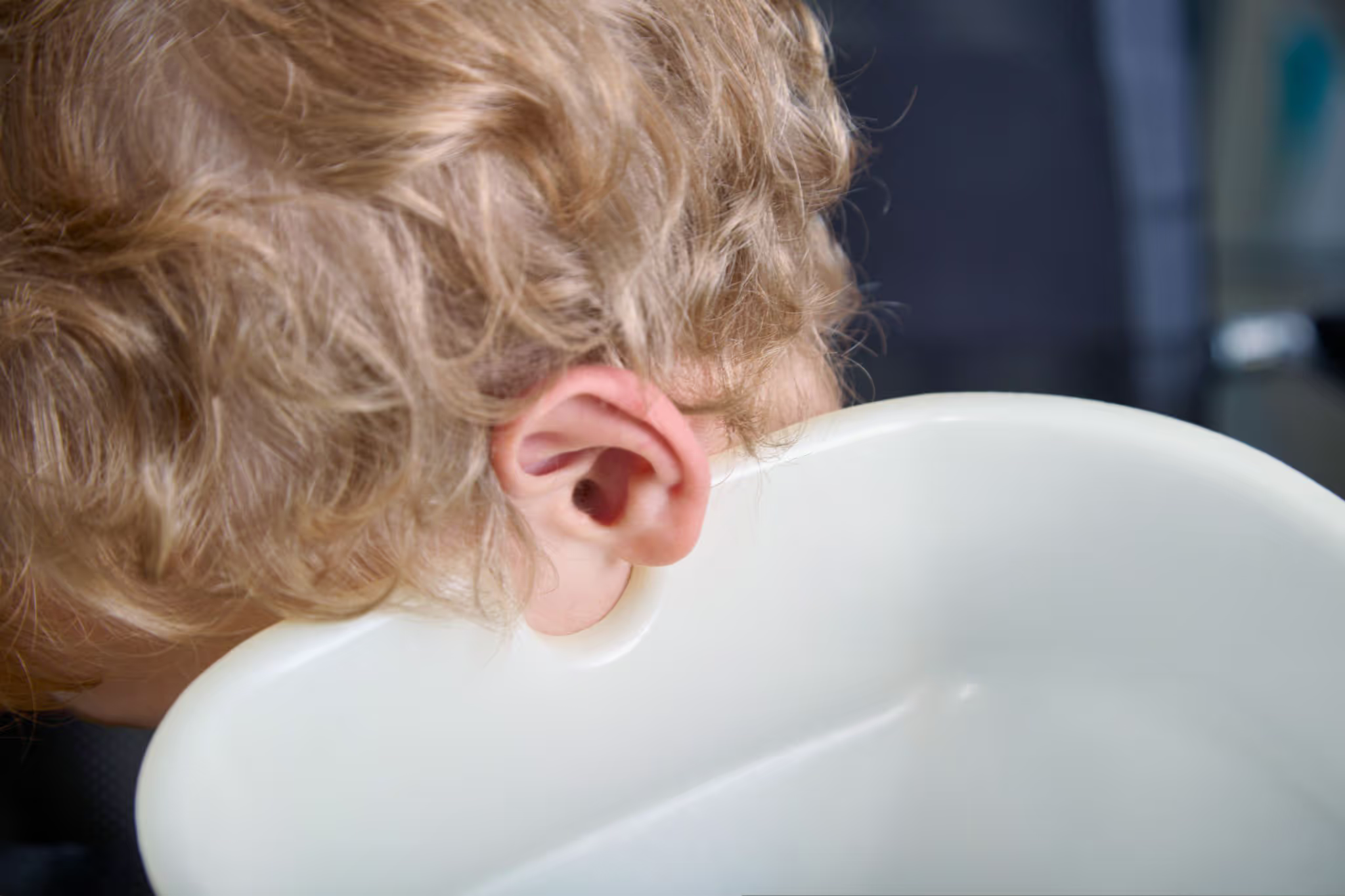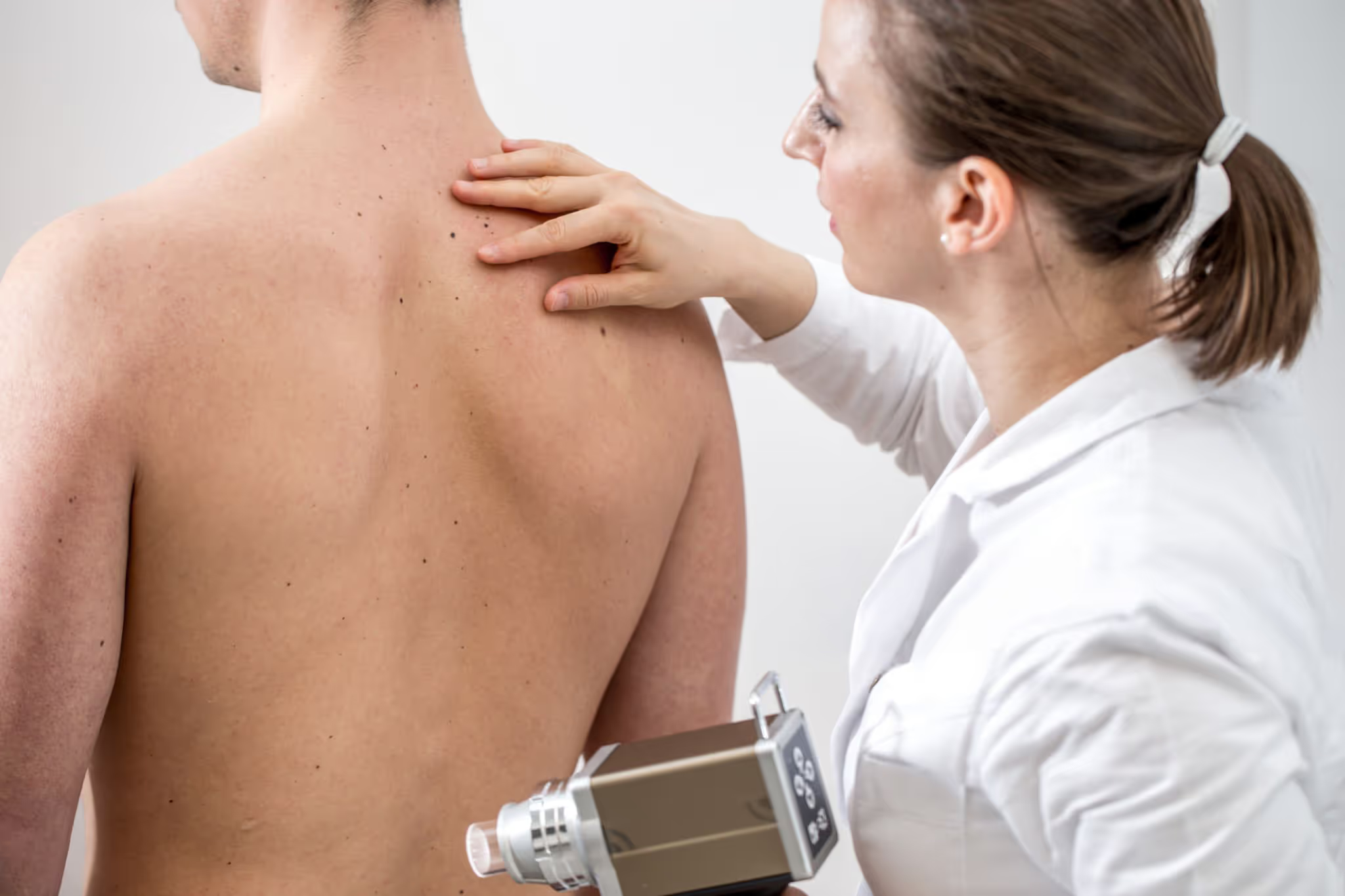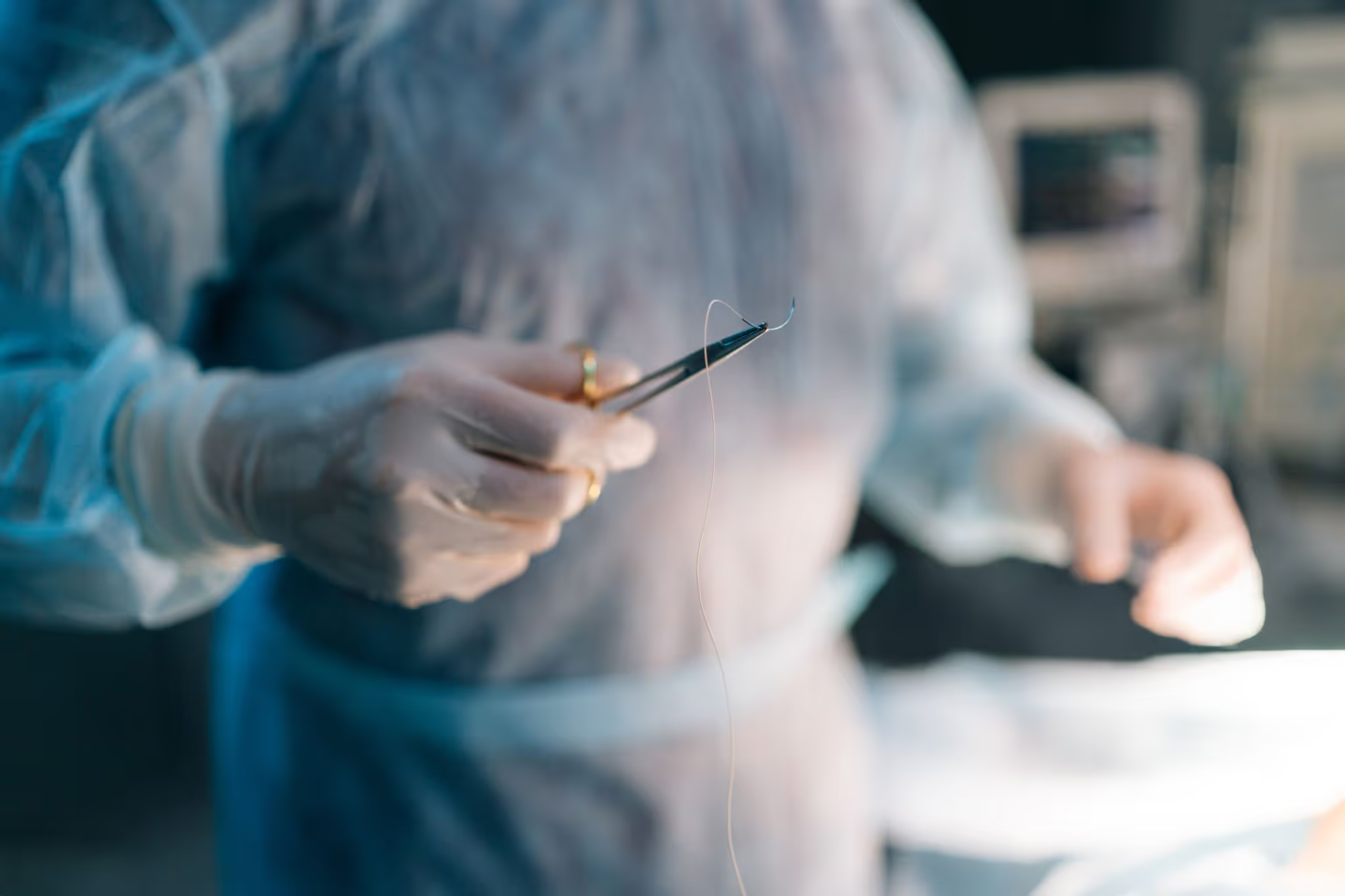Punch Biopsy Procedure in Edmonton

Treatment Overview
At Cure MD, we offer in-office Punch Biopsies as a fast, minimally invasive procedure to help diagnose skin abnormalities and suspicious lesions. A Punch Biopsy is performed using a specialized circular blade that removes a small, cylindrical sample of skin for laboratory analysis. This procedure is essential in identifying a variety of dermatological conditions, including skin cancers, chronic rashes, infections, and other abnormal tissue changes.
Performed by experienced medical professionals, our Punch Biopsies are quick, efficient, and require minimal downtime. Whether you’ve noticed a new or changing mole, a persistent rash, or an unusual skin lesion, early investigation is key. Timely diagnosis allows for faster treatment decisions, which can significantly improve outcomes especially when identifying skin cancers or precancerous changes.
Book your skin evaluation at Cure MD and gain peace of mind through comprehensive diagnostic care that puts your health first.
What to Expect During a Punch Biopsy
A Punch Biopsy is a straightforward procedure typically completed in under 20 minutes. Local anesthetic is applied to ensure comfort throughout the process. Your provider will then use a circular instrument to remove a small core of tissue, usually 2–6 mm in diameter, depending on the area and condition being investigated.
Your visit may include:
- Thorough visual examination of the skin concern
- Local anesthetic to numb the treatment area
- Punch biopsy using a sterile circular blade
- Optional suturing or bandaging to promote healing
- Post-procedure instructions and follow-up timeline
The biopsy sample is sent to a pathology lab for microscopic evaluation. Results are generally available within 1–2 weeks and will be discussed with you in detail during your follow-up.
Conditions Commonly Investigated with Punch Biopsies
Punch Biopsies are a critical diagnostic tool for a range of skin conditions that may not be accurately diagnosed through observation alone. We often use this method to assess:
- Suspicious moles or pigmented lesions
- Actinic keratoses (precancerous lesions)
- Basal cell and squamous cell carcinoma
- Chronic rashes such as eczema, psoriasis, or lichen planus
- Non-healing sores or ulcerations
- Fungal or bacterial skin infections
- Unexplained bumps, growths, or discoloration
Early detection through biopsy can rule out serious conditions or lead to life-saving treatment especially in cases of skin cancer. Our team ensures results are reviewed promptly and explained clearly so you understand your next steps.
When to Book a Punch Biopsy
You should consider a Punch Biopsy if you notice:
- A mole that is changing in size, shape, or color
- A lesion that bleeds, crusts, or doesn’t heal
- A rash that has not improved with treatment
- Persistent bumps or skin thickening
- Any skin change that causes concern or discomfort
If your primary care provider or dermatologist recommends a biopsy, we can accommodate urgent referrals and offer minimal wait times.
Your Questions, Answered
Is a Punch Biopsy painful?
The procedure is performed under local anesthetic, so most patients feel little to no discomfort during the biopsy itself. You may experience mild pressure or a pinching sensation, but it’s very brief.
After the anesthetic wears off, the site may be tender for a few days, but over-the-counter pain relievers are usually sufficient. Following aftercare instructions is key to minimizing discomfort and promoting healing.
Will I have stitches after the biopsy?
Whether or not you require stitches depends on the size and location of the biopsy site. Smaller biopsies may heal well on their own with just a bandage, while larger samples or areas under tension may be closed with a few dissolvable or removable stitches.
Your provider will let you know what to expect before the procedure. Proper aftercare is important to reduce the risk of scarring and infection.
How long will it take to get my results?
Biopsy samples are sent to a licensed pathology lab for analysis, and results are typically available within 7 to 14 days. Once your results are ready, we’ll schedule a follow-up appointment or phone consultation to discuss the findings.
If any treatment or referral is required, we’ll coordinate your next steps quickly. Our goal is to provide clarity, peace of mind, and timely answers to your health concerns.
Is a Punch Biopsy covered by Alberta Health?
Yes, Punch Biopsies are medically necessary diagnostic procedures and are fully covered under Alberta Health when performed to investigate a suspicious or symptomatic skin concern. Cosmetic biopsies or those not deemed medically necessary may not be covered.
Our team will review any possible out-of-pocket costs with you beforehand so there are no surprises.
Can a Punch Biopsy detect skin cancer?
Absolutely. Punch Biopsies are a reliable method for diagnosing various types of skin cancer, including melanoma, basal cell carcinoma, and squamous cell carcinoma. If cancer is detected, we will guide you through your treatment options and connect you with specialists if needed.
Early diagnosis through biopsy can dramatically improve outcomes and minimize the need for more invasive interventions.
Will I have a scar after the biopsy?
Most Punch Biopsies leave a small, round scar, similar to a freckle or light mark. If stitches are used, the scar may be slightly more visible, depending on your skin type and healing response.
We provide detailed wound care instructions to minimize scarring and may recommend medical-grade scar treatments if necessary. Most patients find the cosmetic impact to be minimal and well worth the diagnostic value.
What if the results come back inconclusive?
In some cases, a single biopsy may not yield a definitive diagnosis, especially with inflammatory skin conditions. If this happens, we may recommend additional testing, a follow-up biopsy, or referral to a dermatologist for further evaluation.
Our team will walk you through your options and next steps, ensuring you feel supported and informed throughout the process.
How should I care for the biopsy site at home?
Keep the area clean and covered for the first 24–48 hours, changing the dressing as instructed. After that, gently wash the site with mild soap and water, then reapply a fresh bandage until fully healed.
Avoid picking at scabs or exposing the site to direct sunlight during healing. Proper aftercare helps reduce infection risk and promotes better cosmetic results.
Ready to start your treatment journey?
Have questions or ready to book a consultation? Fill out the form below and our team will be in touch shortly.



